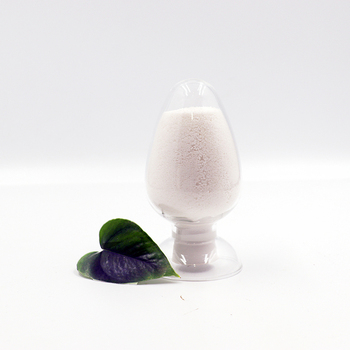
Quick response - solving technical queries of Malaysian customers
In the building materials industry, every technological breakthrough is a commitment to safety and efficiency. Faced with the PCE ratio issues raised by customers and the need to improve the strength of foam bricks, our team relied on professional technical support and meticulous service to successfully help the customer find a satisfactory solution and facilitate a fruitful cooperation.
The customer's pain points are very clear: on the one hand, they face the problem of inaccurate ratios when using PCE; on the other hand, they urgently need to improve the strength of foam bricks, but the methods they tried before were not effective and cost control was extremely difficult. limited. In response to these challenges, our expert team proposed the following two solution strategies:
1. Optimize PCE ratio:
We provide customers with detailed PCE proportioning plans and adjustment suggestions to ensure that the mixing ratio reaches the optimal state during the construction process. Through precise proportioning, we help customers solve previous problems and improve work efficiency and product performance.
2. Improve the strength of foam bricks:
In order to enhance the strength of foam bricks, we recommend that customers take two measures:
- Replace aggregates: Choosing aggregates with higher hardness and better quality can fundamentally improve the compression resistance and durability of bricks.
- Use cellulose ether: As an efficient concrete admixture, cellulose ether can improve the bonding force of cement slurry and enhance the structural stability within the bricks, thereby increasing the overall strength.
We are not only a supplier of products, but also a strong supporter of our customers when they face challenges. Whether it is PCE ratio issues or the need to improve product performance, we can provide professional solutions and we are committed to becoming the most reliable partner for our customers.
What is a high-efficiency water reducing agent?
High-efficiency water reducing agent is a chemical admixture that can significantly improve the workability of concrete and significantly reduce water consumption. Currently, the most widely used water-reducing agents are: lignin-based water-reducing agents, naphthalene-based high-efficiency water-reducing agents, melamine-based high-efficiency water-reducing agents, and polycarboxylate-based high-efficiency water-reducing agents. Research and experiments on the cracking properties of mortar show that adding high-efficiency water-reducing admixture can reduce the cracking sensitivity of cement mortar and extend the initial cracking time of cement mortar. The shrinkage value of mortar mixed with high-efficiency water-reducing admixture increases with the increase in dosage.
The development history of high-efficiency water reducing agents:
The first generation of high-efficiency water-reducing agents—naphthyl-based high-efficiency water-reducing agents and melamine resin-based high-efficiency water-reducing agents were developed in the early 1960s. Due to their performance compared with ordinary water-reducing agents—the naphthyl-based superplasticizers developed in the late 1930s Represented by lignin sulfonate - it has been significantly improved, so it is also called a superplasticizer. The second generation of high-efficiency water-reducing agents is sulfamate, although chronologically it is after the third-generation high-efficiency water-reducing agent-polycarboxylic acid system. The graft copolymer with both sulfonic acid group and carboxylic acid group is the most important of the third generation high-efficiency water-reducing agent, and it is also the most excellent high-performance water-reducing agent.

